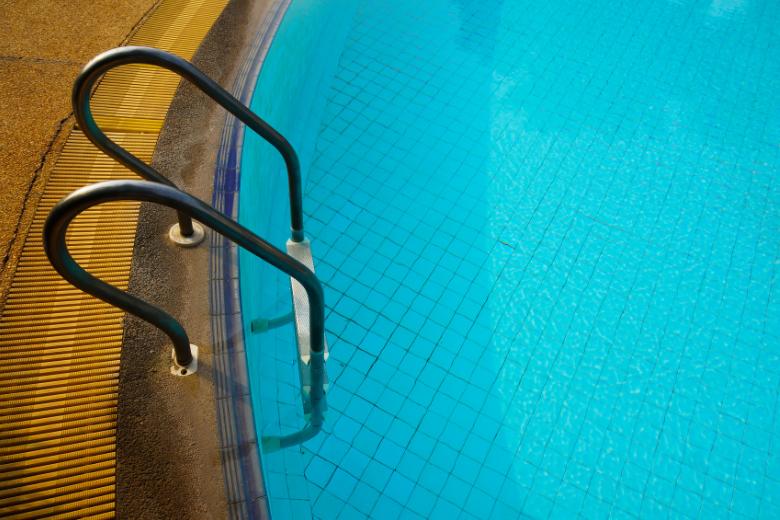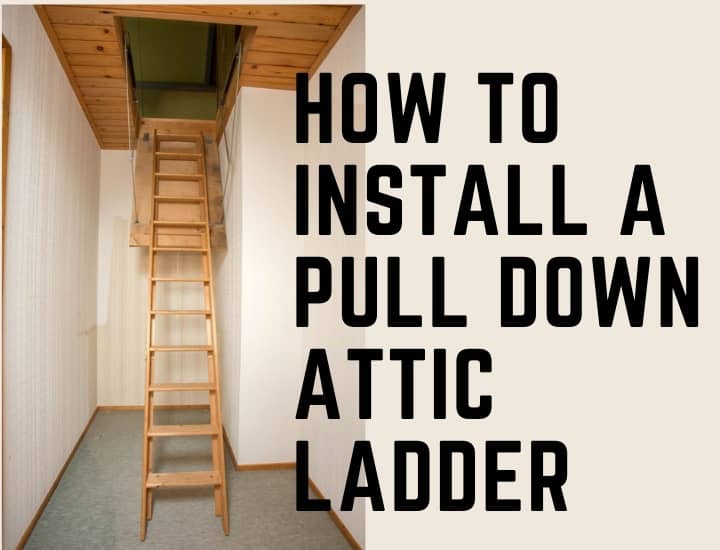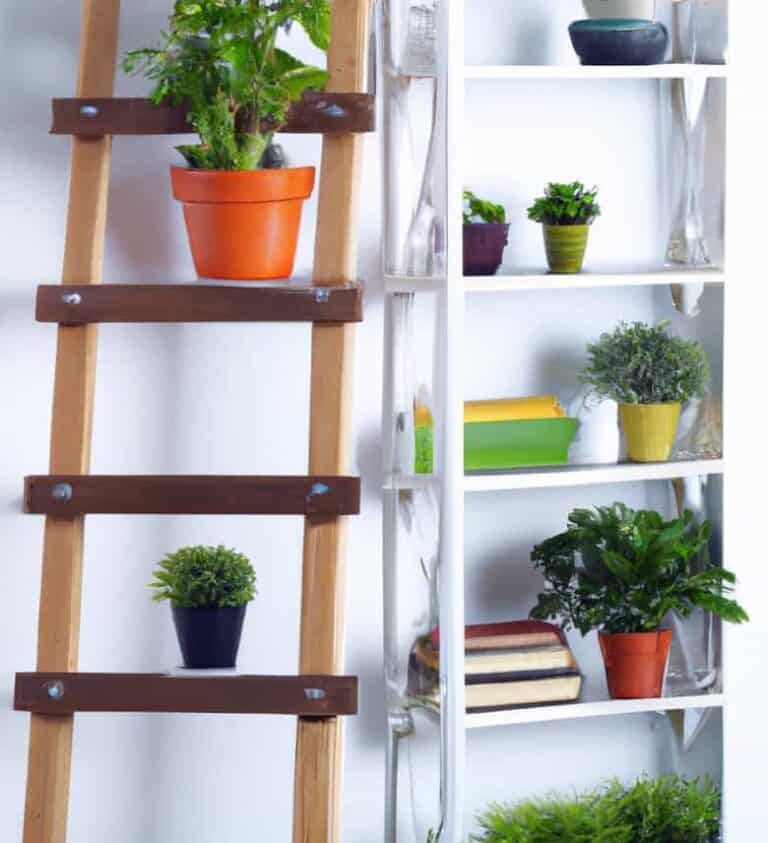How to Weigh Down Pool Ladder

Having a pool in your backyard can be a great way to beat the heat during the summer months. However, it’s important to take the necessary steps to ensure the safety of all swimmers. One important aspect of pool safety is properly weighing down your pool ladder. An unsecured ladder can be a major hazard, as it can easily be moved or dislodged by swimmers, leading to accidents and injuries.
In this blog post, we will discuss the importance of properly weighing down your pool ladder, the materials you will need, and the steps to properly install and maintain the weights or anchors. By following these guidelines, you can help ensure the safety of everyone using your pool.
Materials needed:
In order to properly weigh down your pool ladder, you will need a few key materials. The most important of these are the weights or anchors themselves. There are a variety of options available, including:
- Concrete blocks: These are heavy and inexpensive, but can be difficult to move around and may not be the most visually appealing option.
- Sandbags: These are also heavy and inexpensive, but can be more easily moved and stored when not in use.
- Concrete or metal anchors: These are more durable and weather-resistant, but can be more expensive. They also come in various designs and styles to suit different pool environments.
Other materials that you may need include:
- Measuring tape or ruler
- Marker or pencil
- Drill or hammer, depending on the type of anchors you choose
- Safety goggles and gloves if you will be handling heavy materials.
You can purchase these materials at your local home improvement store or online. It is recommended to check the weight capacity of the ladder, to ensure the materials you choose will be adequate.
Preparing the ladder:
Before installing the weights or anchors, it’s important to properly position and prepare the ladder. Here are some steps to follow:
- Position the ladder in the desired location: Make sure the ladder is stable and level, and that it is placed in a spot where it will not impede swimmers’ access to the pool.
- Measure and mark the location for the weights or anchors: Use a measuring tape or ruler to determine the best location for the weights or anchors. Mark this spot with a pencil or marker.
- Check for any potential issues: Take a look at the ladder to make sure it is in good condition, and that there are no rust or wear spots that could weaken the ladder. Also, check the pool deck or surrounding area for any potential obstacles that may interfere with the ladder’s stability.
- Remove any debris from the ladder: Clean the ladder of any dirt, leaves or other debris, so that the ladder is ready for the installation of weights or anchors.
By following these steps, you can ensure that the ladder is properly prepared for the installation of weights or anchors, and will be stable and secure for swimmers to use.
Installing the weights or anchors:
Once you have prepared the ladder and have all the necessary materials, it’s time to install the weights or anchors. Here are some steps to follow:
- Place the weights or anchors in the correct location: Position the weights or anchors on the marks you made earlier. Make sure they are level and stable.
- Secure the weights or anchors to the ladder: Depending on the type of weights or anchors you are using, you may need to drill holes or use anchors to secure them to the ladder.
- For Concrete blocks: Place the blocks on each side of the ladder legs, making sure they are level and stable.
- For Sandbags: Place the sandbags on each side of the ladder legs, making sure they are level and stable. Secure the sandbags with heavy-duty ties or ropes.
- For Concrete or metal anchors: Drill holes on the ladder legs, following the manufacturer’s instructions. Insert the anchors into the holes and secure them tightly.
- Test the stability: Once you have installed the weights or anchors, test the stability of the ladder by gently pushing it. Make sure it doesn’t move or sway.
By following these steps, you can ensure that the weights or anchors are properly installed, and that the ladder is secure and stable for swimmers to use. Remember to regularly check the ladder and the weights or anchors to ensure they are in good condition, and make any necessary adjustments or repairs.
Maintenance and safety precautions:
Properly maintaining your pool ladder and weights or anchors is crucial in ensuring the safety of all swimmers. Here are some tips to keep in mind:
- Regularly check the stability of the ladder: Make sure the ladder is level and stable, and that the weights or anchors are securely in place. Check for any signs of wear or damage, such as rust or cracks, and make any necessary repairs or replacements.
- Keep the ladder and surrounding area clean: Clear away any debris, such as leaves or dirt, that may accumulate around the ladder or weights or anchors. This will help prevent any potential hazards and keep the area looking clean and tidy.
- Be aware of weather conditions: Extreme weather conditions, such as heavy rain or strong winds, can cause the ladder or weights or anchors to shift or become unstable. Check the ladder and weights or anchors after any severe weather events, and make any necessary adjustments.
- Consider adding additional safety features: Consider adding safety features, such as pool alarms or pool covers, to further enhance the safety of your pool.
By following these tips and regularly checking your pool ladder, weights or anchors, you can help ensure the safety of all swimmers, and keep your pool a fun and safe place for everyone to enjoy.
Conclusion
A properly weighed-down pool ladder is crucial for the safety of all swimmers. By following the steps outlined in this article, you can ensure that your ladder is stable and secure, and that the weights or anchors are properly installed. It’s important to regularly check the ladder and weights or anchors for any signs of wear or damage, and make any necessary repairs or replacements. Additionally, keeping the ladder and surrounding area clean and being aware of weather conditions can help further enhance the safety of your pool. With a little bit of care and attention, you can keep your pool ladder safe and secure for all to enjoy.


